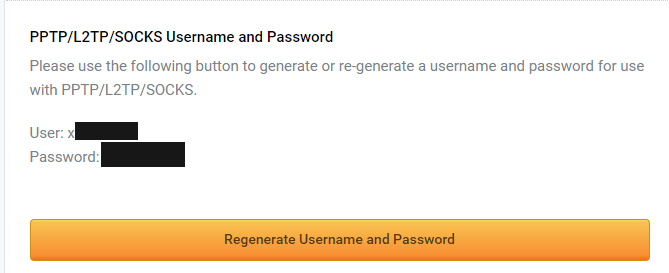

- #How to use tunnelbear for qbittorrent how to#
- #How to use tunnelbear for qbittorrent software#
- #How to use tunnelbear for qbittorrent Pc#
- #How to use tunnelbear for qbittorrent download#
- #How to use tunnelbear for qbittorrent torrent#
If your VPN does not use a NAT firewall, then there is no need for remote port forwarding, anyway.
#How to use tunnelbear for qbittorrent how to#
In this section, we look at how to port forward with a VPN specifically looking at how to do it for torrenting. Needless to say, this is not ideal.Ĭheck out our eMule VPN page for information about how to stay secure and private when using the BitTorrent client. Unfortunately, the only recourse if you want to use port forwarding to achieve high ID in eMule is to disable your Windows firewall. Thanks to UPnP, it can usually configure itself to work with local firewalls such as Windows Defender and router-level NAT firewalls automatically, but this does not work when also port forwarding through a VPN’s NAT firewall remotely. One major catch, however, is that eMule does not play ball very well with modern firewalls. Port forwarding is, therefore, particularly important for eMule users. You can still share files with low ID, but downloads will be much slower than if you have high ID. If open ports are not accessible from the internet, this results in what is termed low ID. Port forwarding and eMuleĮven more prominent than with BitTorrent, eMule requires that you have open UDP and TCP ports that are available from the internet to work at its best.
#How to use tunnelbear for qbittorrent download#
As we can see, download speeds are actually quite good despite upload speeds being very limited (but seeding nonetheless). Here we are downloading a file in qBitTorrent when connected to a VPN, but without port forwarding enabled.
#How to use tunnelbear for qbittorrent torrent#
Since the benefits of port forwarding are often largely theoretical (especially for more casual torrent users), many torrent-friendly VPN services do not feel it is a feature worth offering.

As long as everyone else sharing the same torrent isn't also behind a NAT firewall, you may not even notice the difference to your download speeds.

Port forwarding solves the problem, but it should be stressed that it is not required for downloading. As more people use VPNs to protect themselves while downloading, this problem is only likely to get worse. This makes the P2P process much less efficient for all users, and if the only people holding the file/file pieces that you want are also behind a NAT firewall, then tough cheese. When both parties are behind a NAT firewall, however, this is not possible as neither party can initiate a connection! If the other downloader is not also behind a download a NAT firewall, then no problem. Your BitTorrent client then initiates the connection, thereby bypassing the NAT firewall.
#How to use tunnelbear for qbittorrent software#
If this is not possible thanks to a NAT firewall, it will alert your software that it wants to connect. When another BitTorrent user wishes to download a file (or part of a file) that you have, it will try to initiate a connection with your BitTorrent client. Torrenting is, after all, also called file- sharing for a reason!Ī NAT firewall prevents others from initiating unsolicited new connections, although once a connection is established, incoming connections are permitted. Seeding is also considered good netiquette, because nobody would be able to download anything without it. And the more you seed, the faster your downloads tend to be. Incoming connections allow other torrent users to connect to your BitTorrent client and download files.
#How to use tunnelbear for qbittorrent Pc#


 0 kommentar(er)
0 kommentar(er)
